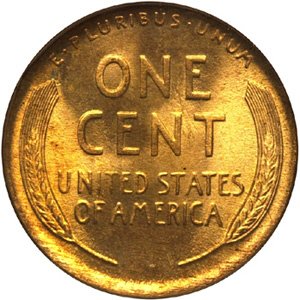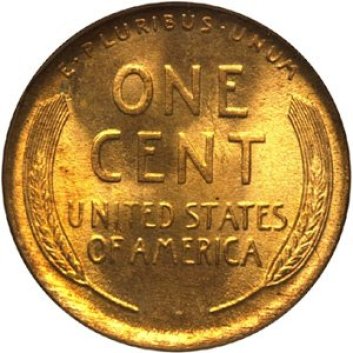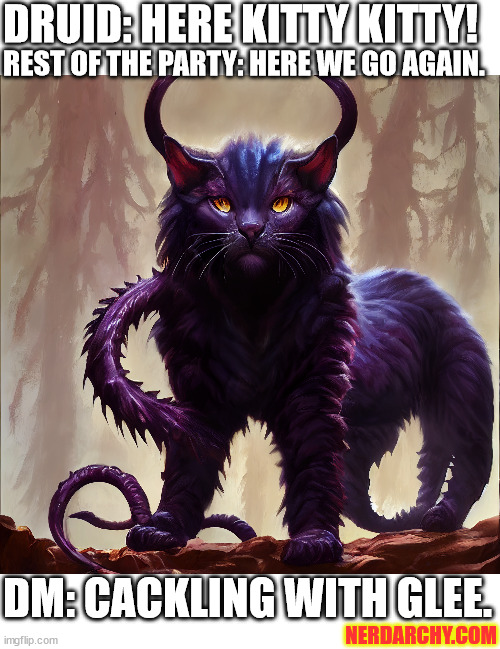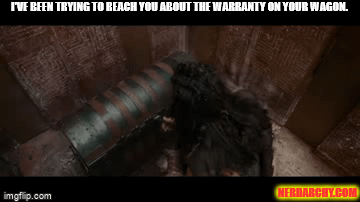
Start coin collecting on the cheap with wheat pennies
Wheat pennies are a common collector’s item because they usually aren’t difficult to find, sometimes still turning up in change today, and they normally don’t cost very much.
Wheat pennies were first printed in 1909 on the hundredth birthday of Abraham Lincoln. These pennies, with Honest Abe on the front and the words “one cent” surrounded by wheat on the back, were still being printed up until 1958. Then the U.S. Mint switched over to the more common pennies we knew until 2008, but in 2009 there were four designs circulated to once again mark Lincoln’s birthday, and since 2010 the “Union Shield” penny has been common.
To get started, you need something for storing your wheat pennies, something that will help to keep the pennies from aging further. There are a couple of options here, including a coin collecting book or individual coin collecting sleeves (often softened plastic). Other options are available. Check out your local coin shops or collectibles stores and ask around if you don’t find what you’re looking for.
Now, you need to know the basics about wheat pennies before you begin collecting. First, you need to know about the different conditions of coins, called coin grading. First off, coin grading is quite complicated, and it’s done differently in different countries and has been different during various time periods. It has a tendency to change. But for a beginner, you need to know the basic gradings, which are Poor, Fair, Almost Good, Good, Very Good, Fine, Very Fine, Extra Fine, Uncirculated and Brilliant Uncirculated. After you become more familiar with the qualities of coins, you’ll be able to give a layman’s estimate of the grade of a coin. Grades are important for judging the value of any given coin.
Another thing to look for is the mint marking, which will tell you where a wheat penny was minted. Look beneath the date on the penny. There you might find a small letter S or D, or you might find no mint marking at all. If you’ve found an S, that means the penny was minted in San Francisco. If you found a D, that means the coin was minted in Denver. No marking at all signifies the penny was printed in Philadelphia.
Something else that will add to or lessen the value of a particular wheat penny is the original print run for the particular penny. Some years more pennies were printed than in other years. And in some years fewer pennies were printed at a particular mint. The fewer pennies minted in a particular year, generally the more a penny from that year is worth. Basically, it’s more valuable because there are fewer of them.
Okay, those are the basics. You still have a lot to learn, but this should help get you started. Enjoy your collection, and who knows? Maybe eventually you will also want to collect quarters, silver dollars, dollar bills and more.
Related articles
[amazon_link asins=’0794843891,B005DNOQUY,B001GBV11E’ template=’ProductCarousel’ store=’nerdarchy-20′ marketplace=’US’ link_id=’ec1a2f0d-de8e-11e6-87b3-911da91541d8′]














No Comments